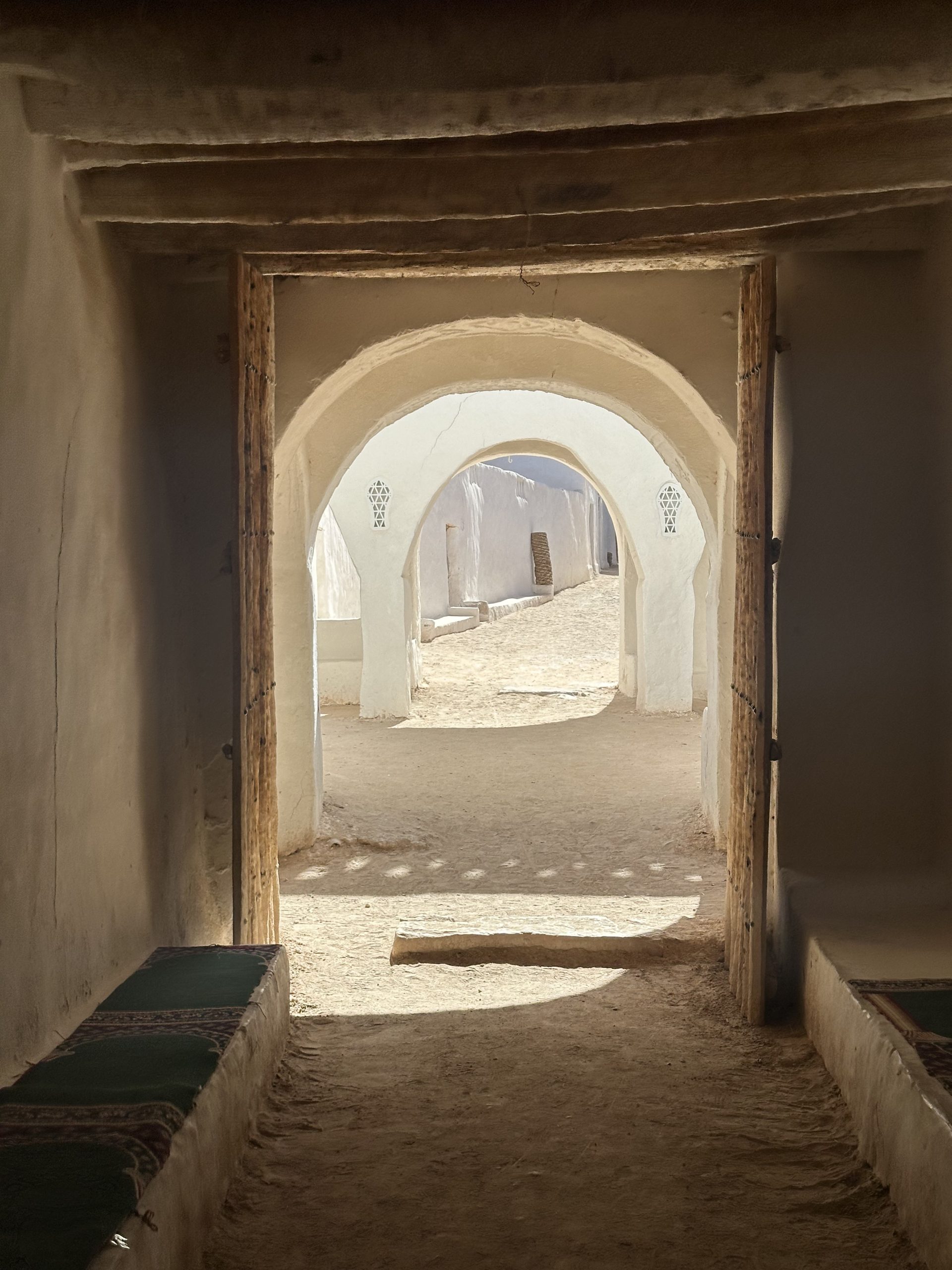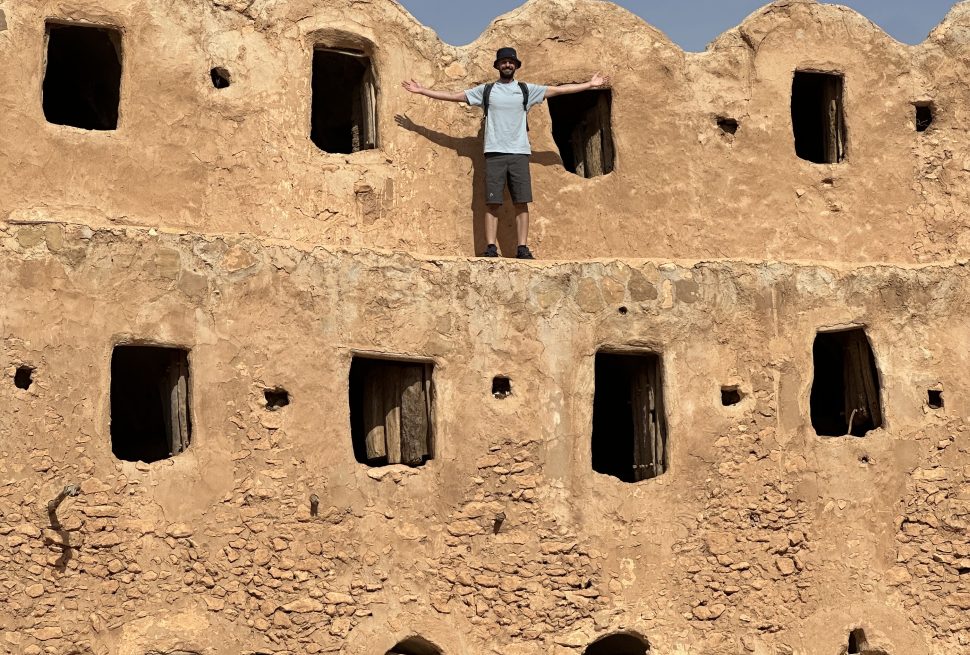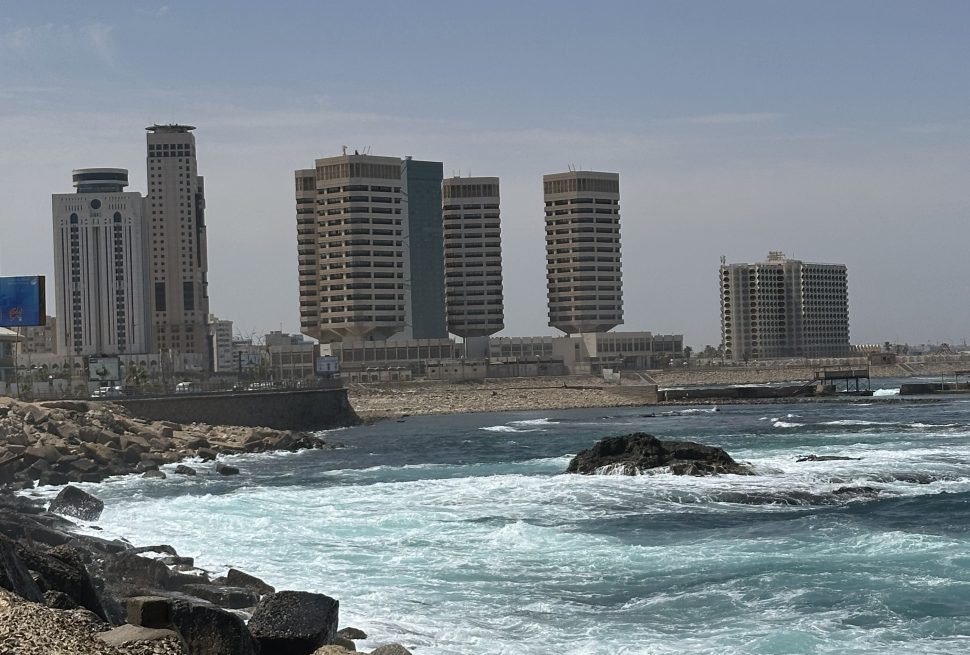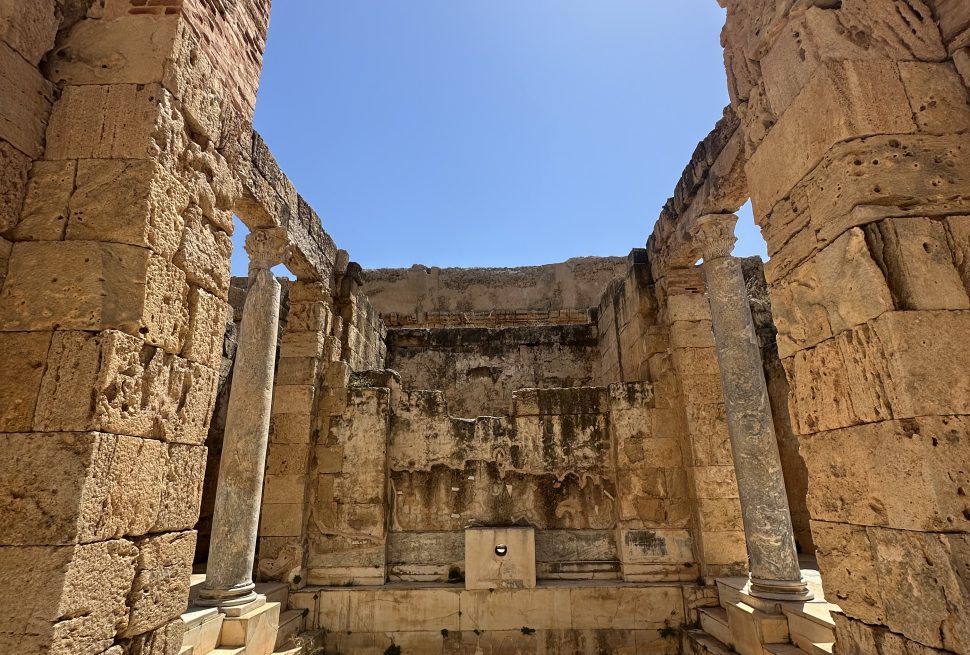The Libyan desert is not empty. At first glance, it may seem like endless sand and stone, but beneath the heat and silence lies a history of people who adapted, endured, and thrived in one of the harshest landscapes on Earth. From the ancient Garamantes, who built hidden cities and water channels deep in the Fezzan, to the medieval traders of Ghadames who turned an oasis into a jewel of the Sahara, Libya’s desert people shaped their world in ways that still echo today.
The Garamantes: Masters of the Hidden Desert
More than two thousand years ago, while Rome built empires along the Mediterranean coast, the Garamantes established a desert civilization in the Fezzan. To outsiders, the Sahara was a barrier. To the Garamantes, it was home. They constructed underground irrigation systems known as foggaras, channeling water from deep aquifers to sustain fields of wheat, dates, and grapes. Their ingenuity transformed arid valleys into green oases.
These people were not isolated. They built stone cities and traded with Carthage, Egypt, and later Rome. Camel caravans carried salt, slaves, and gold across the desert, turning the Garamantes into key players in the early trans-Saharan networks. At the same time, they defended their territory fiercely, building hilltop forts to resist Roman incursions.
Daily life for the Garamantes blended resilience with resourcefulness. Farmers tended crops nourished by hidden water, herders moved goats and camels across dry plains, and artisans left behind rock art that still adorns caves and cliffs. Their society showed that the desert could sustain not only survival but civilization.
The Rise of Ghadames: An Oasis Jewel
Centuries later, as empires shifted and Islam spread across North Africa, the oasis of Ghadames rose to prominence. Known as the “Pearl of the Desert,” Ghadames was more than a resting place for caravans. Its whitewashed houses, covered streets, and ingenious architecture created a city perfectly adapted to desert life.
In Ghadames, families lived in multi-level homes where private upper floors allowed women to move freely while shaded lower passages kept the community cool. Palm groves provided dates, which sustained travelers and residents alike, while wells and springs gave the settlement its life force.
The town became a hub of trans-Saharan trade. Caravans carrying ivory, gold, and spices from sub-Saharan Africa converged here before pushing north toward Tripoli or Tunis. Traders brought not only goods but also ideas, stories, and cultural influences that shaped the community. Islam gave Ghadames a unifying rhythm, visible in its mosques and celebrated in its festivals.
Life in the Desert: Continuity and Change
Though separated by centuries, the Garamantes and the people of Ghadames reveal common themes. Both depended on ingenuity to harness scarce water. Both created architecture designed for survival in heat and sand. And both turned the desert from an obstacle into a bridge that connected Africa’s heartlands with the Mediterranean world.
Even today, these traditions linger. The palm groves of Ghadames remain a source of food and shade. Families still gather in houses built according to ancient designs. The rock art of the Garamantes still tells stories of hunters, animals, and rituals. The desert continues to shape Libyan identity, reminding us that survival here requires both cooperation and creativity.
Modern Parallels: From the Past into Today
When you walk through the silent ruins of Germa, the former Garamantian capital, or through the shaded alleys of old Ghadames, you feel how deeply rooted desert life is in Libya. The values of resourcefulness, hospitality, and unity in hardship are still part of Libyan culture today.
In modern Libya, families continue to honor guests with generous meals of dates, bread, and tea, just as caravans once were welcomed in oasis towns. The importance of water, always scarce in the desert, remains central in farming and daily life. And religion, which in Garamantian times was tied to nature gods, has in modern times become Islam, which now unites communities across desert and coast alike.
Where the Garamantes once carved tunnels to bring hidden water to their fields, Libyans today build wells and irrigation systems that echo the same need to control and preserve water. Where Ghadames once welcomed caravans from across Africa, Libya’s border towns still stand as gateways between the Mediterranean and the Sahara.
The Timeless Desert
Libya’s desert people remind us that history here is not only written in stone ruins but also in ways of life that continue. The Garamantes built their world in hidden valleys; the people of Ghadames built theirs around oases. Both proved that human determination could tame the Sahara’s extremes.
Today, traveling into the Fezzan or standing in the shade of Ghadames’ old city, you can sense this timeless spirit. It is a spirit of resilience, hospitality, and connection across cultures. The desert has always demanded endurance, but it has also inspired cooperation and ingenuity, qualities that still define Libyan life.
If you’d like to learn more about Libya’s Desert People follow us on Instagram: @intoLibya




